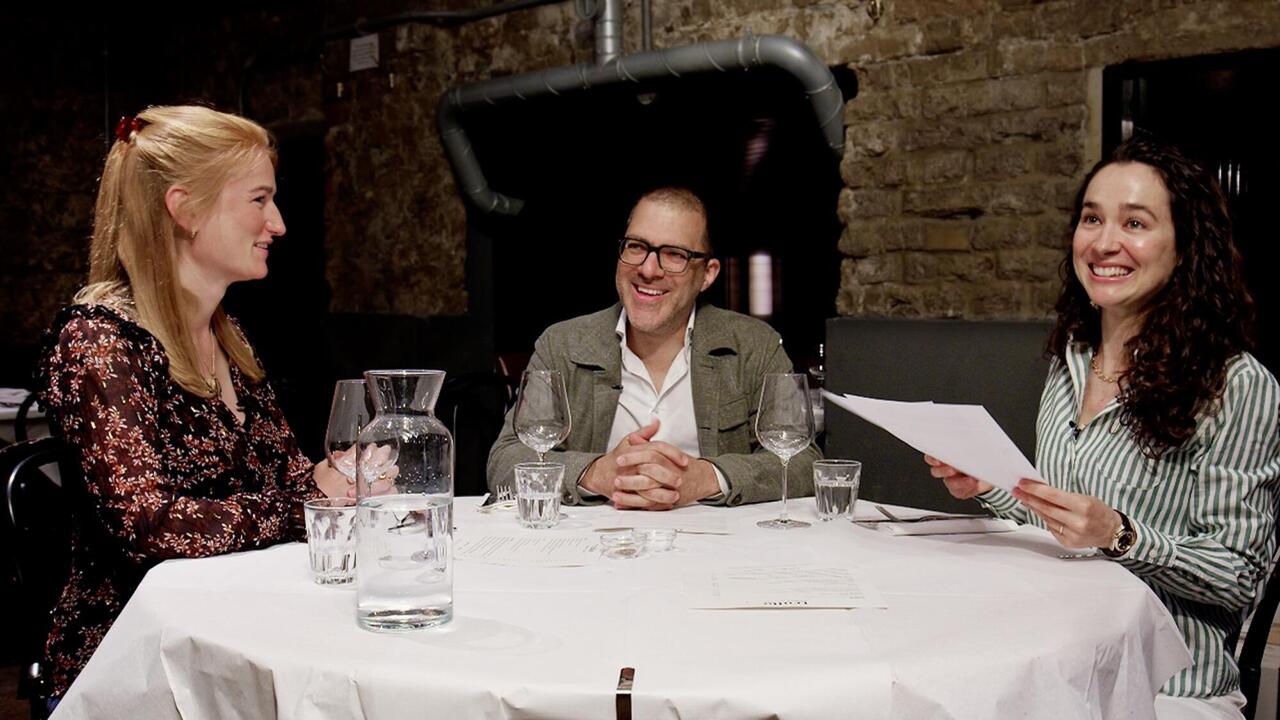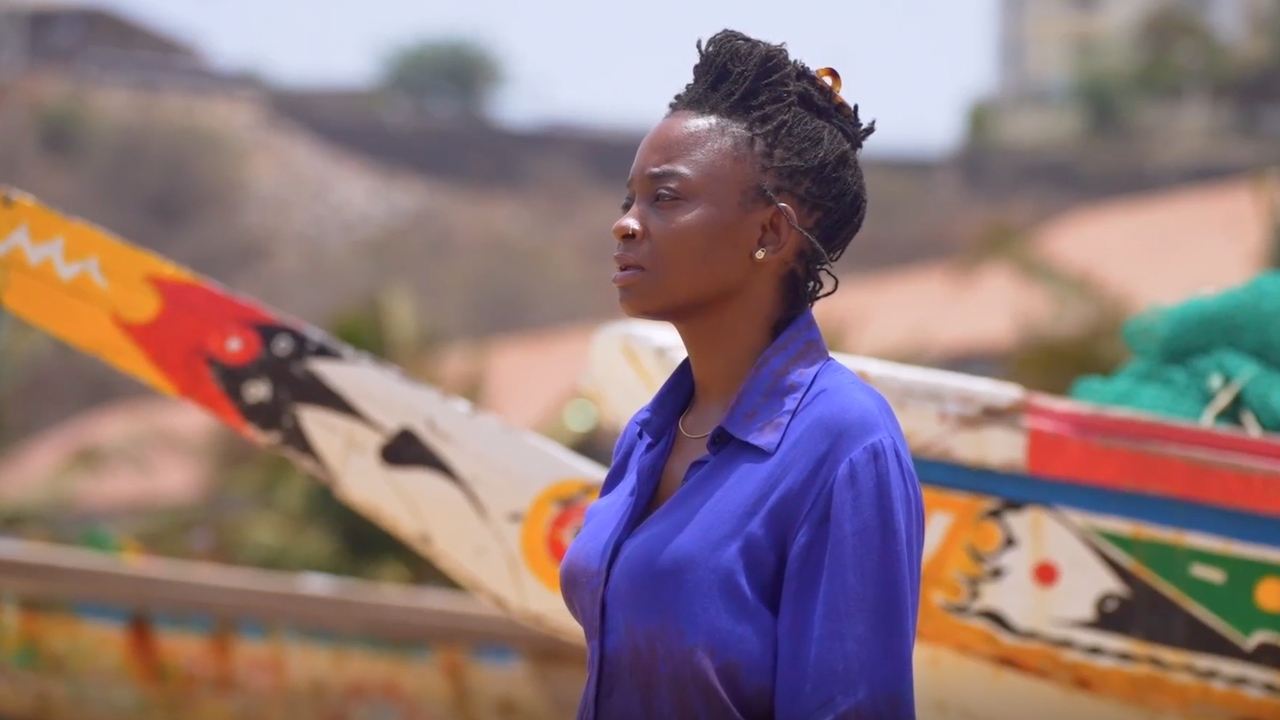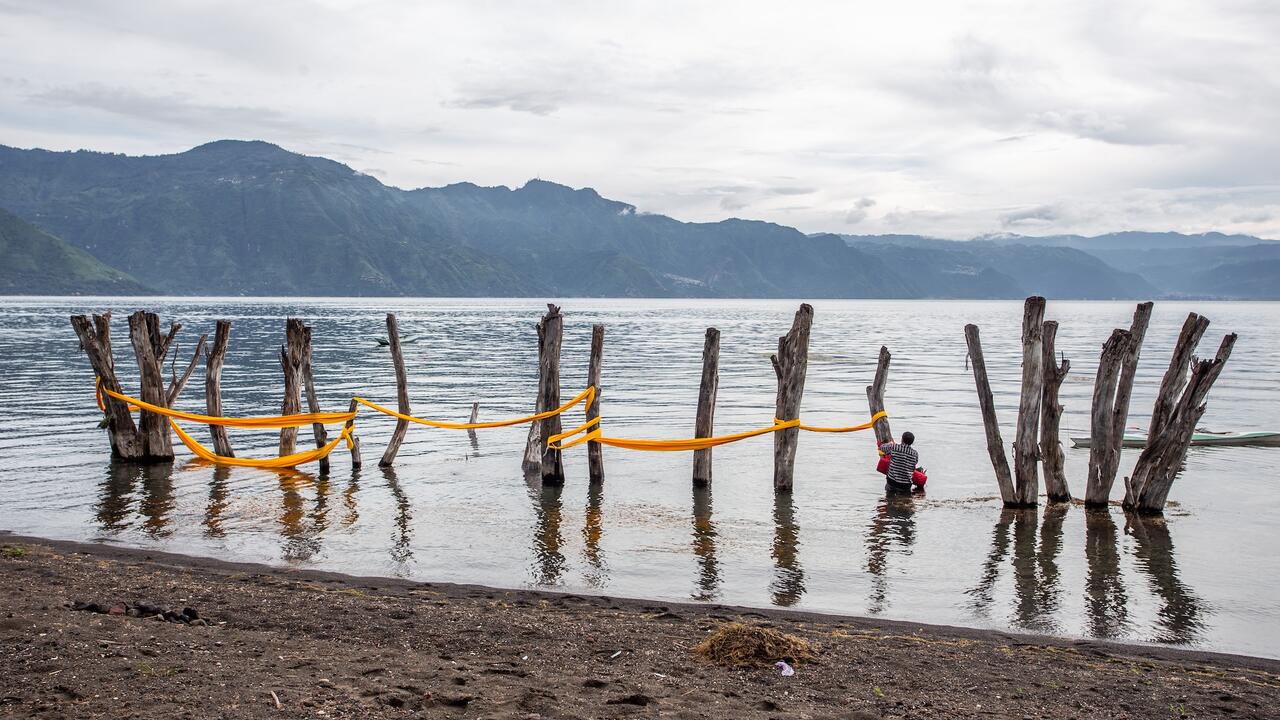Maria Sukkar: from Lebanon to London
Since relocating to London two decades ago, the art Maria Sukkar has collected documents a story of displacement and reconnection
Since relocating to London two decades ago, the art Maria Sukkar has collected documents a story of displacement and reconnection

EMILY BUTLER: I had the honour of curating a series of four shows from your ISelf Collection at the Whitechapel Gallery in 2017–18. What struck me when we initially looked over the list of works was, firstly, the breadth and, secondly, the remarkable focus on existentialism and notions of the self. How did it all start?
MARIA SUKKAR: It all began in the mid-1990s, when my husband Malek and I started collecting art to decorate the walls of our first home in Lebanon. When we moved to the UK in early 2000, we witnessed a dynamic evolution of the art world with waves reflecting broader cultural, technological and societal shifts, including the YBAs, new media, street art and socially engaged work. It was imperative to enlist the help of a professional in the field to help us focus and sharpen our vision. We were lucky enough to meet Prue O’Day and Anatol Orient, who ran their own advisory office, Anderson O’Day. What really made them stand out was not only their deep knowledge and expertise but their positive energy and passion for connecting people with art that aligns with the clients’ personal stories, values and aspirations. It was the start of a life-changing adventure and we will be forever grateful to them both.

EB: The scope of the collection is extraordinary. At the Whitechapel, 114 works by 83 artists, from the 1920s to the present, were shown over tour consecutive exhibitions. The collection traces the legacies of many modernist movements within contemporary artists’ works. You also had the foresight to collect pieces from different geographies, including Latin America and the Middle East, as well as work by seminal feminist artists. Can you tell us about how your background and interests guided this wide-ranging approach?
MS: Shortly after we met Prue and Anatol, the collection was curated with a central focus on the theme of identity and the human form, exploring how different artists interpret and express concepts related to the self, culture and personal narratives. The collection is also a portrait of our story as a couple and a family, as well as our relationship to the Middle East and the whole global community; as such, it is a reflection of the society we are living in. It is the story of moving countries, migration, displacement, disruption, war and fear of the unknown. But it’s also the story of happy events, of motherhood, femininity and love.
EB: Is there a specific work in the collection that you think really encapsulates your approach?
MS Yes. It’s a sculpture by Louise Bourgeois from 1947–49. It’s cast in bronze and has an elongated form – both phallic and vaginal – hollowed out with an egg shape inside. Like all of Bourgeois’s works, it is deeply personal and evokes both vulnerability and power.

EB: How did you arrive at the name ISelf for your collection?
MS: We realized that the main theme linking all the works was identity or existentialism, and it all boiled down to one thing: the self. The self can be defined in many ways. Is it me? Is it the I? What is it in relation to others and the world? I wanted ot convey this multiplicity of meanings, so I combined the I and the self into one word: ISelf.

EB: How does it work with you and Malek? Is collecting a joint endeavour or do you each have your own interests?
MS: Malek and I collect art together, though our tastes often differ. I tend to be more measured in my approach – when I fall in love with a piece, I feel the need to understand its story, its place within the artist’s body of work and how it would fit into our collection. Malek, on the other hand, is more spontaneous. When he connects with a work, he wants to acquire it immediately. He gravitates towards powerful pieces that explore themes of trauma or death, like those of Jenny Saville, Berlinde De Bruyckere and Paul McCarthy. For him, the art must convey a sense of anguish to truly resonate.
My preferences are quite different. While I’m not drawn solely to colourful or bright works, my choices are often calmer and quieter, focusing on themes like motherhood, domesticity and life. They are usualy less figurative than the pieces Malek favours. I’m particularly fond of artists like Louise Bourgeois, Mária Bartuszová, Tracey Emin, Mary Kelly, Mona Hatoum and Etel Adnan.
I also greatly admire the work of Saloua Raouda Choucair. Among the younger generations, I find the work of Tamara Al-Samerraei, Stephanie Saade and Mandy El-Sayegh to be particularly compelling. Interestingly, our differing approaches to collecting balance each other out.
EB: Beyond the idea of the self, an important thread which you spoke of earlier is exile. You mentioned Mona Hatoum, but there are also works by Rayyane Tabet and Ai Weiwei. Seeing the current crisis in the Middle East, can you talk about how exile, displacement and migration affect notions of the self?
MS: There are many ways to describe leaving one’s country – migration, exile, displacement. But, ultimately, it all comes down to packing your bags and leaving your home behind. For me, this began early, around the age of six or seven, when the civil war broke out in Lebanon. As a family of five, we had to flee our home multiple times, moving to safer areas within the capital where there was no bombing or snipers. This pattern repeated until my late teens. Each time, we were separated from our toys, books and belongings, taking only one suitcase each, packed with as much as we could carry.
Exile or migration profoundly affects your sense of self, fragmenting your identity, your sense of belonging and your personal narrative. You must adapt to new environments and reconstruct your identity. The hardest part is the disconnection from your cultural roots, your language and familiar social structures. Over time, you develop what we now call a ‘hybrid identity’, blending elements of your original culture with those of your new surroundings. This duality can be enriching, but it also creates internal conflicts as you navigate between two different cultures. I was fortunate: London welcomed me with open arms.

EB: You mentioned earlier how some of the collection relates to Malek's businesses, which include waste management. Another thread in the collection is an interest in artists’ use of found or everyday materials, including trash.
MS: We refer to it as ‘The Trash Collection’. It started with our purchase of one of Gavin Turk’s rubbish bags – a black bin bag cast in bronze. Interestingly, his studio was the first one I visited after moving to London, and I recall seeing these bags being made. I initially thought it would make a perfect birthday gift for Malek, but it slipped my mind until we came across the same piece at Frieze
one year, and decided to buy it. Since then, we’ve added several other works to this theme, including pieces by Karla Black and Damián Ortega.

EB: And have acquisitions always continued to fit in with the collection as a whole?
MS: It is a bit of a double-edged sword because my curious mind wants to look for new things all the time, but my conservative, well-behaved mind wants everything to follow the same rhythm and order. I would say that if we like something that does not necessarily fit into the collection, we try and see if there’s an angle to the work that would allow to to find its place in one of the different strands of ISelf. And if it doesn’t, then we allow ourselves this treat. Collecting, at the end of the day, should also be fun and not always an exercise in discipline and rigour.
EB: In parallel with collecting, you’ve also held important roles on committees. For example, at Tate, you were on the Middle East and North Africa Acquisitions Committee, on the Photography Acquisitions Committee and in the International Council, and you’ve supported many exhibitions and institutions in London and elsewhere. In light of the current economic climate, how do you think a collector can best support the arts ecosystem?
MS: My introduction to the art world was through museums and galleries, where I first learned about artists and their work. However, over time, my focus has shifted to actively supporting these artists. I now make it a point to attend graduate shows, commission new works and support underrepresented or marginalized artists, striving to ensure that everyone has a place in the art community.

EB: Would you ever consider opening your collection publicly?
MS: Yes, I would certainly consider opening my art collection to the public. I believe that art should be shared and experienced by as many people as possible, as it has the power to inspire, provoke thought and foster dialogue across diverse communities. However, I would want to ensure that the collection is displayed in a way that respects the artists’ intentions and provides proper context for understanding the works. This might mean collaborating with institutions, curators and educational programmes to create meaningful and enriching experiences for viewers.
Accessibility is also key – I would want the collection to be available to a wide audience, breaking down barrier that often prevent people from engaging with art. Additionally, I believe that opening a collection should also support the broader art ecosystem, from the artists themselves to the institutions and communities involved. If done right, it can be a way to give back to the art world, promote underrepresented voices and help cultivate a deeper appreciation for contemporary art.
This article originally appeared in Frieze Week London magazine 2024 with the title ‘A Sense of Self’.
Further Information
Frieze London and Frieze Masters, 9 – 13 October 2024, The Regent’s Park.
Limited early bird tickets are on sale – don’t miss out, buy yours now. Alternatively, become a member to enjoy premier access, exclusive guided tours and more.
To keep up to date on all the latest news from Frieze, sign up to the newsletter at frieze.com, and follow @friezeofficial on Instagram, X and Frieze Official on Facebook.
Main image: Maria Sukkar in her home in London, 2024. Photograph: Jukka Ovaskainen
























